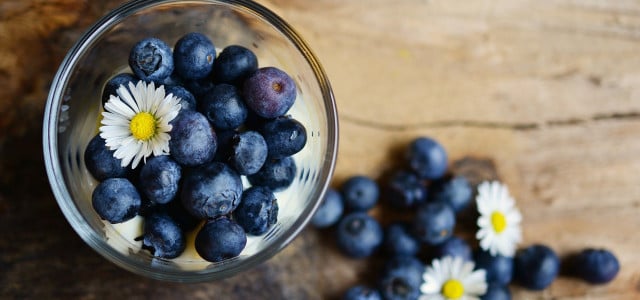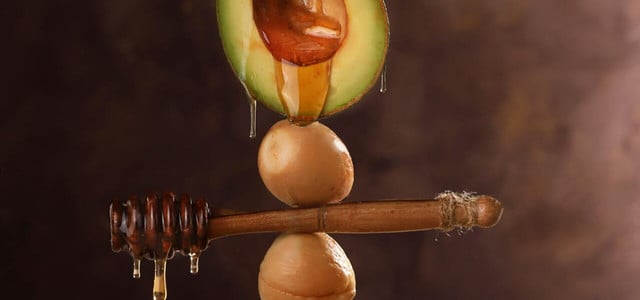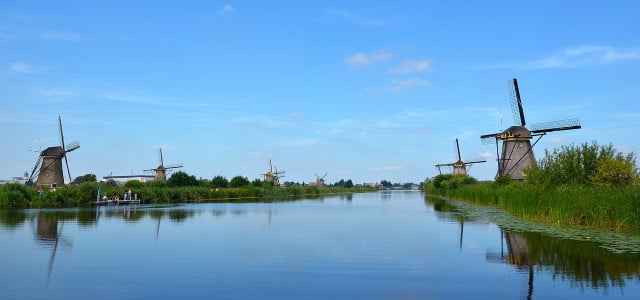Beauty foods are often promoted as a way to ensure healthy hair and clear skin. However, this concept may be more problematic than it appears. Let’s dive in.
Keeping a healthy and nourishing diet is important for both our inner and outer health. However, the association between certain foods and reported ‘increased beauty’ has been linked to a lot of misleading information in recent years. What are these foods, and is there any evidence to suggest that they can actually make us more beautiful? Here is our guide to these beauty foods and why they may, in fact, be more problematic than you’d think.
What Are Beauty Foods?
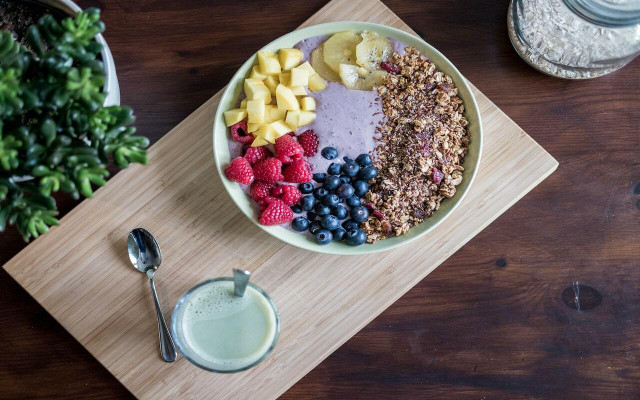
(Foto: CC0 Public Domain / Unsplash / Jannis Brandt)
As the name suggests, beauty foods are foods that contain vitamins, minerals, and other substances that are good for our hair, nails, skin, etc. These often include antioxidants such as Vitamin C and D, as well as fatty acids and minerals such as zinc.
Examples of well-known beauty foods for skin, hair, and nails include:
- Cucumbers: As well as being known for the cooling sensation it produces, cucumbers contain minerals and vitamins that can be helpful for our skin and hair. In particular, cucumber’s folic acid and Vitamin C are reported to help increase cell reproduction and prevent skin irritation.
- Turmeric: A popular cosmetic ingredient for hundreds of years, turmeric has been linked to anti-inflammation and the rehydration of tired skin. This is due to its composition including curcumin, a bioactive and polyphenol component known to work as an antioxidant booster for your body.
- Blueberries: High in antioxidants and a rich source of fiber, blueberries are reported to help in preventing premature aging and boosting our collagen production. They contain antioxidants such as anthocyanins which are also responsible for the blue coloring.
- Avocadoes: A so-called superfood, avocado is a common ingredient in skincare and face mask recipes. This is because avocado is a source of healthy fats as well as vitamins C and E, both of which help protect your skin from sun damage.
Do Beauty Foods Actually Work?
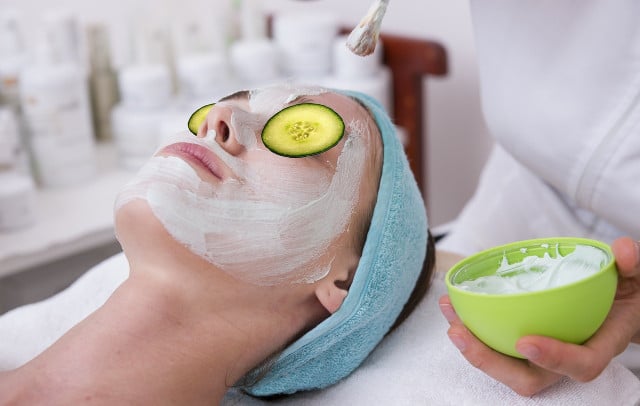


(Foto: CC0 / Pixabay / Tumisu)
The items considered to be beauty foods are known to have nourishing effects, the concept of achieving beauty through food is unproven. Although consuming foods that contain vitamins and minerals such as vitamin C and folic acid is good for you, much of the research surrounding them is based on supplements rather than ingesting them via whole foods.
Realistically, eating beauty foods cannot get rid of wrinkles, or cure any already diagnosed health conditions such as eczema or psoriasis. It’s important to not put too high of an expectation on beauty foods alone for anti-aging purposes or the strengthening of our skin and hair.
Eating a high amount of beauty foods can also lead to negative side effects. Fruit, for example, is rich in carbohydrates and sugar, overconsumption can lead to weight gain, high blood sugar levels, and contribute to an unbalanced diet.
The term beauty foods is also misleading, as the majority of the foods included in this group do not cover all the factors known to influence how we look. Fixing your sleep schedule, exercise and water are all equally important as our dietary requirements when thinking about how we can keep our skin, hair, and nails healthy.
The Problem With Beauty Foods
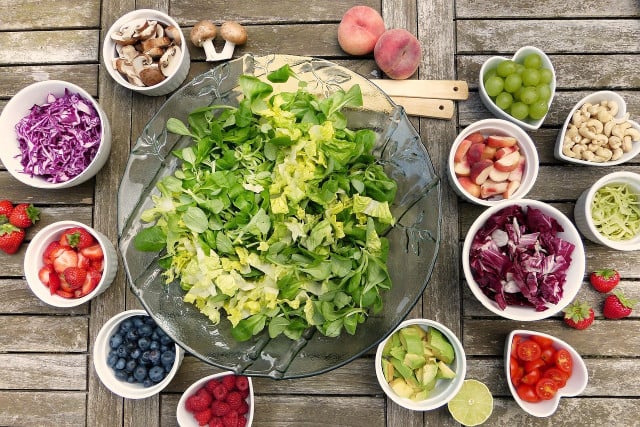


(Foto: CC0 / Pixabay / silviarita)
Alongside the nutritional criticisms, the consumption and purchase of beauty foods have some serious environmental downsides. This diet has been criticized for not only being unsustainable but actively promoting behaviors and purchasing habits that contribute to environmental issues.
The shipping and growth of avocadoes for example, a food often labeled as a beauty food, is the cause of high CO2 emissions, illegal deforestation, and excessive water use. Similarly, coconut oil has also been linked to unsustainable practices, with this beauty food’s production being the cause of soil depletion and the exploitation of farm workers.
The concept of beauty foods also puts pressure on us to order imported, exotic superfoods or fruit that is out of season for much of the year, such as berries. This is a practice that actively contributes to pollution and exploitation within agriculture. Alternatively, it is recommended that you try looking at which foods grown locally or seasonally within your area contain the same nutritional properties as the popular beauty foods. Check out our 11 superfoods for energy, but also sustainability to help you strike the right balance — hint: avocado and blueberry didn’t make the list.
So should we be buying into the idea of beauty foods or not? Overall, consuming foods with helpful vitamins and minerals is still beneficial for our overall health. However, there is little to no evidence to suggest that simply eating a beauty food such as blueberries or celery can get rid of wrinkles or automatically make our skin healthier.
Read more:
- Intuitive Eating: The 10 Principles and How to Try It
- Mica in Makeup: The Problematic Mineral That Makes You Sparkle
- Rose Water for Skin: Benefits and How to Use It
Do you like this post?






